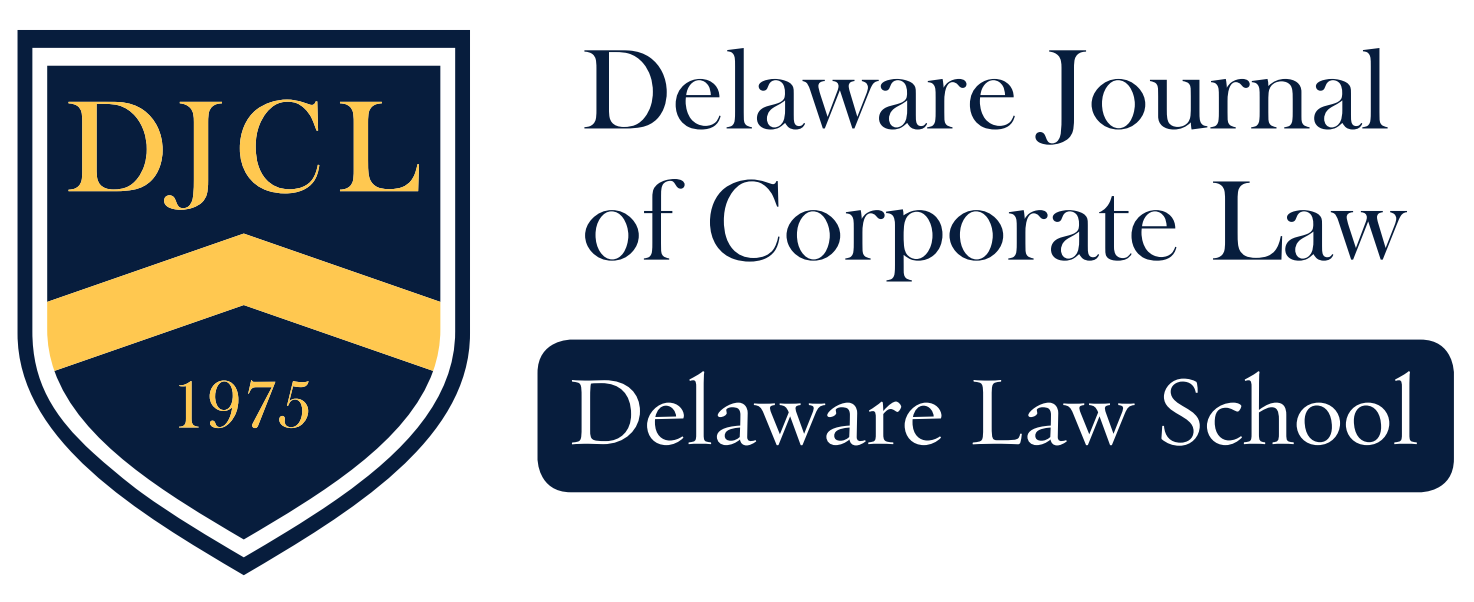Insurance Neutrality: Affecting an Insurer’s Right to Bankruptcy Standing
Peter I. Tsoflias
Asbestos, silica, benzene, and other mass tort-related claims have been forcing U.S. businesses into bankruptcy for decades. In response, Congress enacted Section 524(g) to the Bankruptcy Code which, in essence, discharges debtors of the obligation to litigate present and future mass tort claims. Specifically, a Chapter 11 debtor utilizing Section 524(g) may establish a settlement trust and an injunction which feeds current and future mass tort claims to the trust.
Liability insurance is often the principal asset of a trust established under Section 524(g). Accordingly, insurers are often affected by plans encompassing such a trust, impelling them to challenge the confirmation of such plans. Challenging the confirmation of a plan, however, requires a challenging insurer to meet the standing requirements established in the Constitution as well as those prescribed in the Bankruptcy Code—namely, Sections 1128 and 1109.
Turning to these standing requirements, the Third Circuit held in In re Combustion Engineering that, where a particular plan provides for insurance neutrality, insurers lack standing to challenge the plan. The court reasoned that insurance neutrality language preserves an insurer’s pre- petition rights and defenses; therefore, the insurer faces no injury sufficient to satisfy the standing requirements. Subsequent cases, such as In re Pittsburgh Corning Corporation, In re Leslie Controls and In re Congoleum Corporation followed suit.
Most recently, however, the Third Circuit, in In re Global Industrial Technologies held that, notwithstanding the plan’s insurance neutrality language, the insurers had standing to challenge the plan’s confirmation. The court reasoned that, due to the “suspect” nature of the mass tort claims, the insurers may be faced with added administrative costs to investigate such claims. Accordingly, the court concluded that these added costs increased the insurers “quantum of liability” resulting in a “tangible disadvantage” sufficient to satisfy the standing requirements.
In disagreeing with this decision, the dissent in Global Industrial Technologies focused on the constitutional requirements for standing, the importance of precedent, and basic principles underlying the Bankruptcy Code and contract law. After examining the standing doctrine and the line of cases addressing the issue of insurer standing in the bankruptcy context, this Note sides with the Global Industrial Technologies’ dissent. In taking this position, this Note contends that the Global Industrial Technologies court erred in granting the insurers standing in light of the plan’s insurance neutrality. Finally, this Note establishes a two-prong test for courts to apply when confronted with the insurer standing issue. Notably, this test requires an exacting look into each reorganization plan—referencing a recent Ninth Circuit decision, In re Thorpe Insulation Co. Applying this test mollifies the concerns of all parties to a bankruptcy while, at the same time, accounts for the importance of precedent, the requirements for standing, and the fundamental principles underlying the Bankruptcy Code and contract law.
